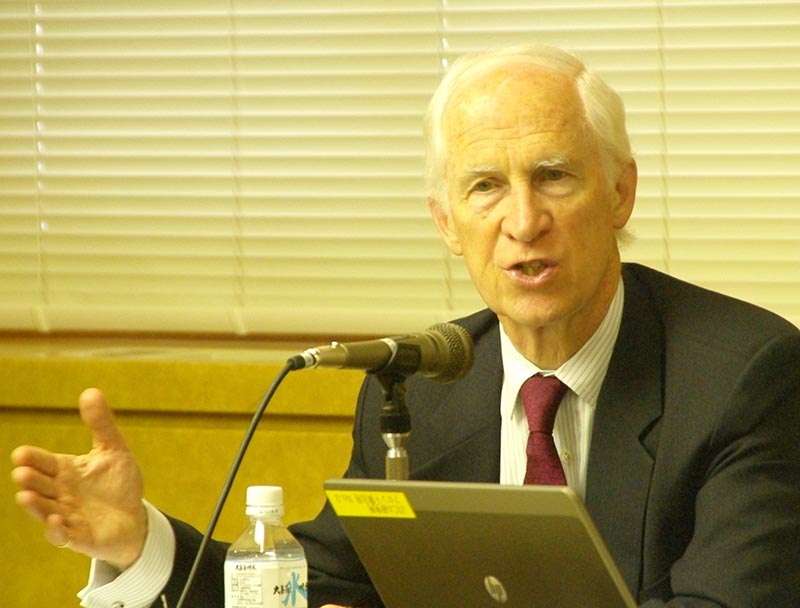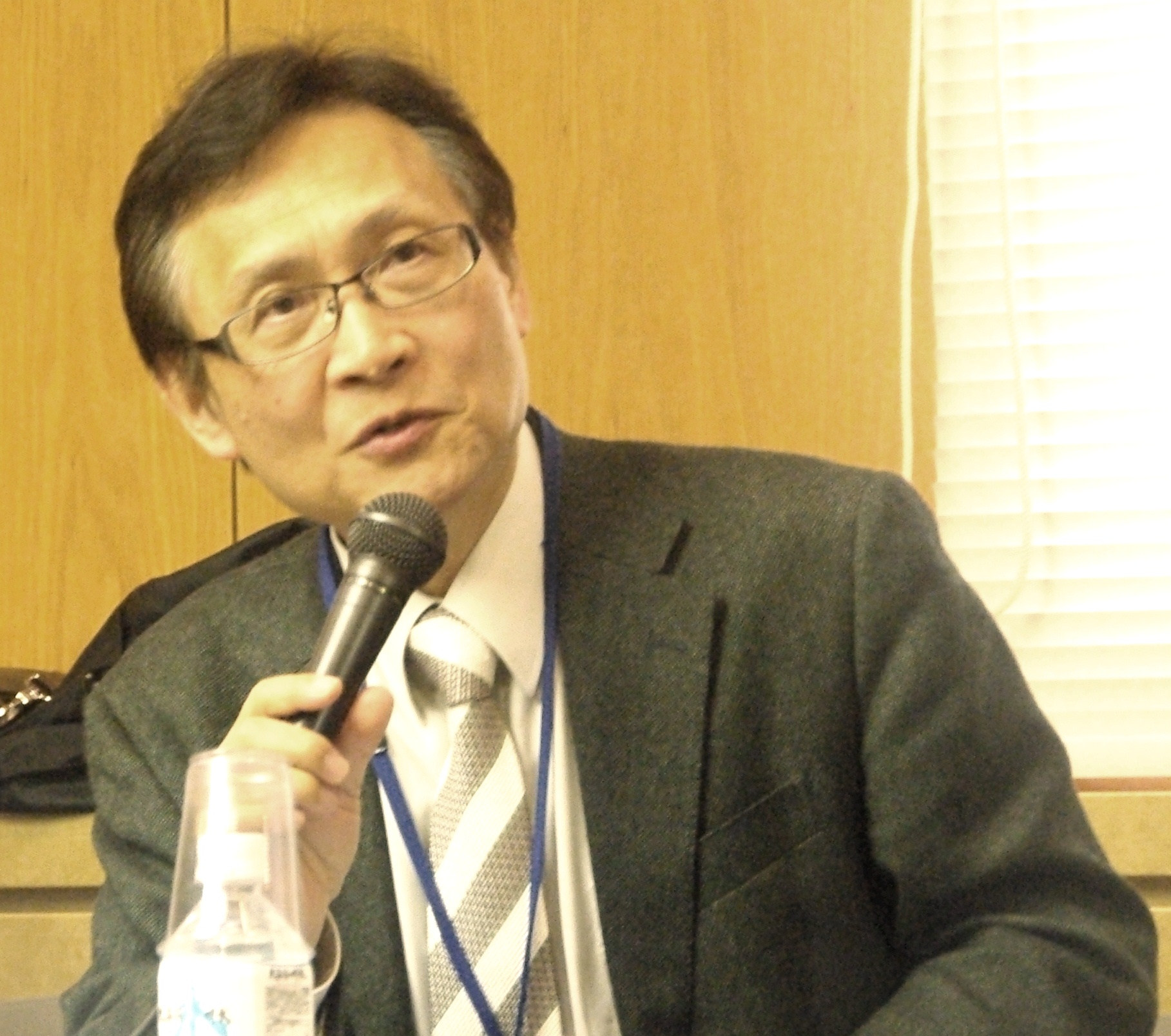East Asia's Financial Resilience and Future Prospects: JICA-RI Holds a Book Launch for Two Crises, Different Outcomes: East Asia and Global Finance
2015.02.08
On February 2, 2015, JICA-RI held a book launch for Two Crises, Different Outcomes: East Asia and Global Finance, published by Cornell University Press in January 2015.
The book is based on the research project entitled The Second East Asian Miracle? Political Economy of Asian Responses to the 1997/98 and 2008/09 Crises, conducted from July 2010 to March 2014. Edited by Professor Keiichi Tsunekawa of the National Graduate Institute for Policy Studies (former Director of JICA-RI) and Professor T. J. Pempel of the University of California Berkeley, the book discusses two key questions from the perspective of political economy: why the impact of the global financial crisis of 2008-09 (GFC) was minimal while the Asian financial crisis of 1997−98 (AFC) caused huge economic losses in East Asian countries and the question of whether East Asia’s successful weathering of the GFC suggests that East Asia is poised for a “second Asian miracle” or not.
In the seminar, Professor Pempel first gave a presentation on the main discussion of the book: why East Asian countries avoided disaster in the GFC. Professor Pempel pointed out that East Asian countries stayed largely on the sidelines as derivatives and credit-default swaps, based in the wake of experience during the AFC. In addition, they enhanced foreign reserve holdings, engaged in closer monitoring of short-term capital flows, and made regulatory systems more sophisticated and more active to manage risk while Asian markets are plugged into global capital markets. As a result, East Asian countries succeeded in minimizing the impact of GFC. In regards to the future prospects of the economies in the region, Professor Pempel foresees the future of East Asian economies in the short to medium term are sound, but should not be overly optimistic about it without addressing the issues including aging societies, the middle-income trap, and political and economic instability.

Prof. Pempel

Prof. Tsunekawa
Subsequently, Professor Tsunekawa outlined the examples of various countries from the book and explained five policy implications for Japan in order to promote future growth in East Asia; to further strengthen the regional mechanism for financial resilience; to help East Asian countries overcome the middle-income trap in the fields of technical and technological education as well as company-level improvement in linkages and productivity; to provide knowledge on Japan’s own experience of failure in building and maintaining a fiscally viable social security system so that other East Asian countries do not fall into the similar trap; to rectify the deficiencies and inadequacy of transport and communication infrastructure so that East Asian countries can use their human and physical resources more efficiently within their country and the region; and to offer a new policy model for higher development by seeking out a long-term nationally shared policy package that guarantees both modest but stable growth and a viable social welfare system.
Following the presentations, participants engaged in active discussions. A wide range of issues, such as the impact of the policy response by the IMF (International Monetary Fund) during the AFC, the effect of exchange market policies, and China’s initiative in establishing the Asian Infrastructure Investment Bank are discussed.

事業事前評価表(地球規模課題対応国際科学技術協力(SATREPS)).国際協力機構 地球環境部 . 防災第一チーム. 1.案件名.国 名: フィリピン共和国.

事業事前評価表(地球規模課題対応国際科学技術協力(SATREPS)).国際協力機構 地球環境部 . 防災第一チーム. 1.案件名.国 名: フィリピン共和国.

事業事前評価表(地球規模課題対応国際科学技術協力(SATREPS)).国際協力機構 地球環境部 . 防災第一チーム. 1.案件名.国 名: フィリピン共和国.

事業事前評価表(地球規模課題対応国際科学技術協力(SATREPS)).国際協力機構 地球環境部 . 防災第一チーム. 1.案件名.国 名: フィリピン共和国.

事業事前評価表(地球規模課題対応国際科学技術協力(SATREPS)).国際協力機構 地球環境部 . 防災第一チーム. 1.案件名.国 名: フィリピン共和国.
scroll